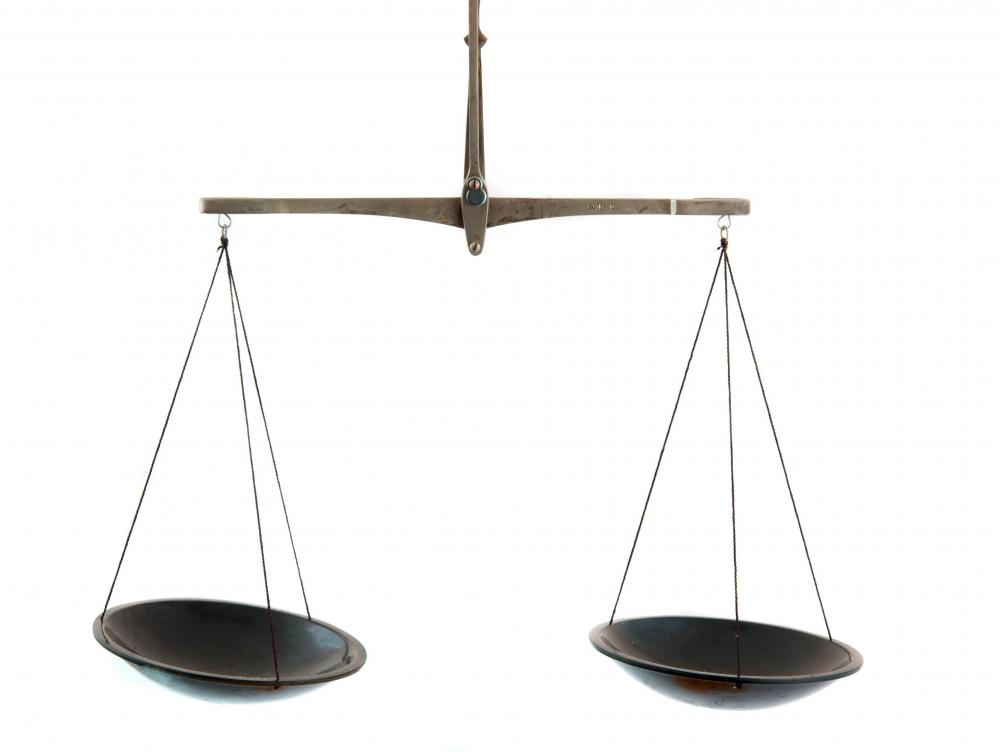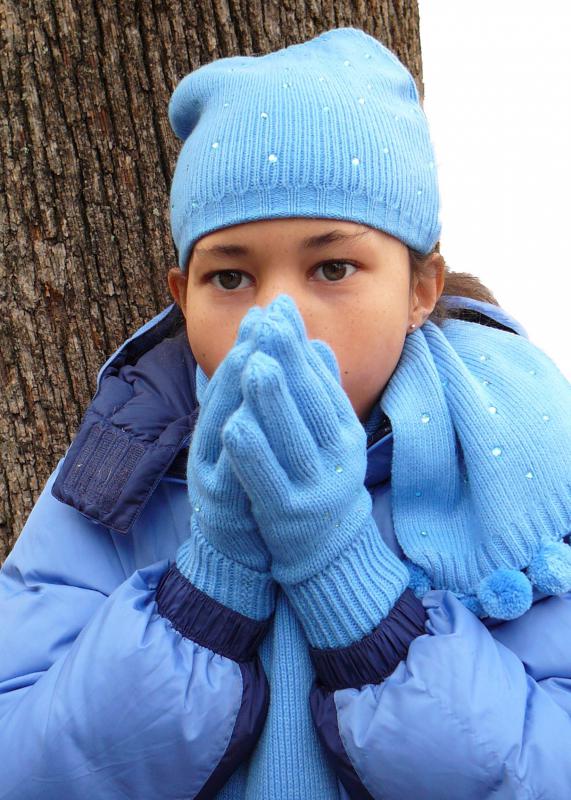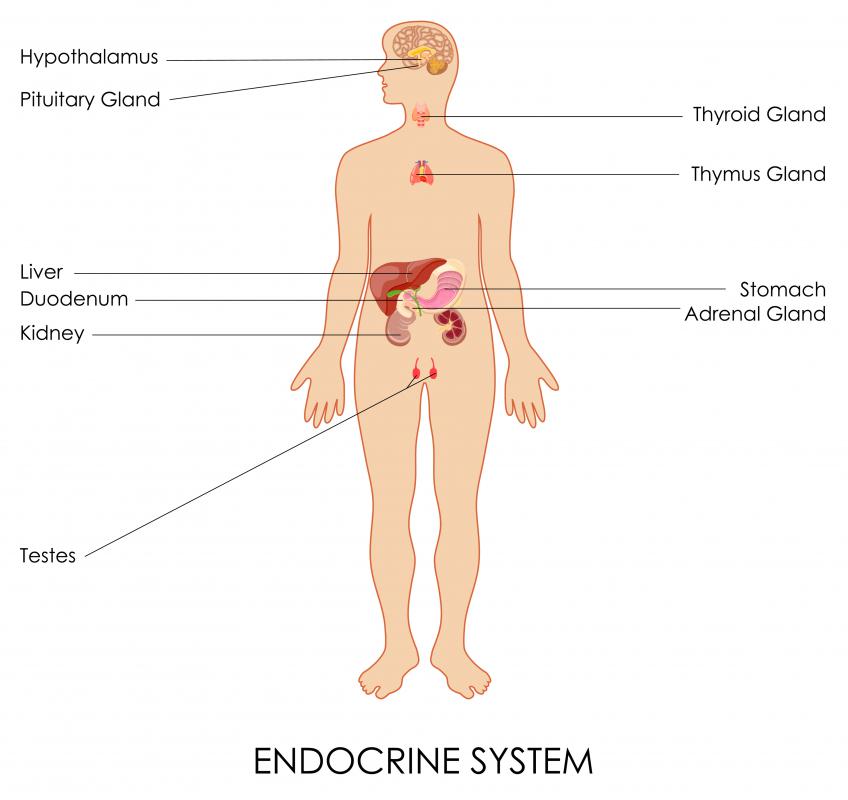At TheHealthBoard, we're committed to delivering accurate, trustworthy information. Our expert-authored content is rigorously fact-checked and sourced from credible authorities. Discover how we uphold the highest standards in providing you with reliable knowledge.
What is Homeostasis?
Homeostasis is a point of balance or internal equilibrium. All kinds of systems — both living and non-living — can work to keep themselves in this state of balance, but the word "homeostasis" is most often used in biology, particularly to describe how the human body reacts to changes and keeps itself within certain parameters to ensure that it can function correctly. These reactions include a range of responses, from the release of hormones to regulate internal imbalances to sweating to lower body temperature.
Maintaining Balance

One simple analogy for homeostasis is that it is like a set of scales. If coins are poured into one side of a scale, that side will fall; if an equal amount of weight is added onto the other side, the scale balances. When too many weights are added to one side, however, the scale becomes unbalanced again. The body behaves in a similar way, working constantly to achieve a state of balance. Unlike scales, the body is extremely complex, requiring numerous tiny adjustments every second as new input is constantly putting the body off-balance.

A large number of systems work together to keep the body in balance, with the nervous and endocrine systems taking the lead. If the body becomes too hot, for example, part of the brain registers this and will activate the sweat glands to help lower the temperature; when it's too cold, the muscles are activated, shivering to help generate heat. If blood pressure falls, a neurotransmitter called norepinephine is released, which causes the blood vessels to constrict and increases the heart rate. This, in turn, causes blood pressure to rise. Other conditions in the body, like blood sugar levels and pH balance, are also monitored and adjusted when they fall outside of the ideal range.

Homeostasis should not be thought of as one perfect state that every body aspires to, however. The relationships among all these variables change based on age, activity level, and the environment. For example, humans need a certain amount of regular sleep for the body to operate properly, but younger people tend to need more sleep than older individuals.
Feedback

When one of the body's systems falls out of balance in some way, a process known as negative feedback signals the problem or state of change. The body responds by regulating the necessary systems with the aim of returning to homeostasis rather than going too far in the wrong direction. In positive feedback, the body encourages the rapid increase of an activity to deal with an emerging situation; for example, the body may increase white blood cell production to attack an infection.

People are generally healthier when their bodies are in homeostasis, and their bodies send numerous messages to promote this state. For example, when low blood sugar appears to be developing, people tend to feel hungry because their brains tell them to eat in order to raise blood sugar levels to where they should be. Specific cravings can emerge in response to nutritional deficiencies, with the brain essentially creating a shopping list that helps the body reach a state of balance. People may also feel driven to drink water, exercise, or engage in other activities to promote this internal balance.
Threats to Balance
Problems with any of the body's homeostatic processes, like blood pressure or blood sugar levels, can indicate the presence of an underlying medical condition. Infections, dehydration, and diseases like diabetes are just a few examples of conditions that cause an imbalance that the body alone might not be able to fix. Homeostasis can also be disrupted by introducing toxins into the bloodstream, including those meant to have a medical benefit, such as chemotherapy.
AS FEATURED ON:
AS FEATURED ON:















Discussion Comments
Thanks for the help, wisegeek. I really do learn lots of stuff from this website when I need answers for school. I would like to see more examples of imbalance though. I need ten examples for my schoolwork.
Does anyone have an example of homeostasis "gone wrong." Something about toxins?
Interesting and educational. That is the essence of wisegeek. Keep it up.
Homeostasis is also related to aging and illness. Since the body becomes less efficient at maintaining homeostasis as it ages and begins to break down, people become more susceptible to disease.
It really is a very complex system, and one area going out of proportion can really throw a lot of things off.
For instance, if your blood sugar gets thrown off, you can get caught up in a rollercoaster of too high/too low blood sugar, which can cause weight gain, high blood pressure, and also increases the amount of free radicals in your body, which accelerates aging.
Homeostasis mechanisms also plays a large role in the body during exercise.
For example, since the body gets hotter during exercise, you start to sweat to bring the body back down to a suitable temperature.
Also, a lot of mechanisms kick in to keep enough oxygen flowing around the body -- the digestive system slows down to provide more oxygen to the parts of the body that are working harder, and the urge to breathe deeper also gets more oxygen into your system and expels the carbon dioxide, all of which help to keep the body in a homeostatic state.
Post your comments